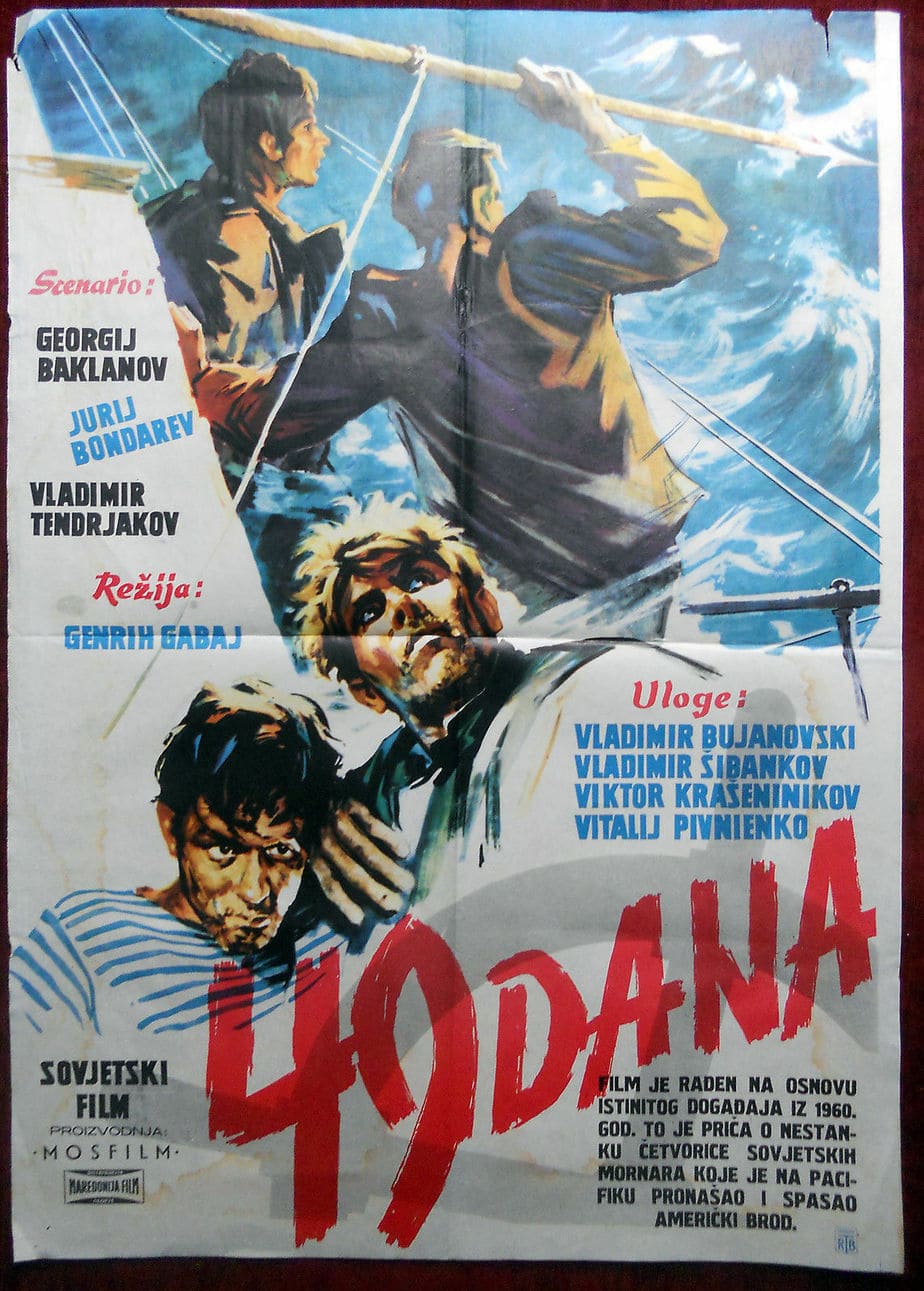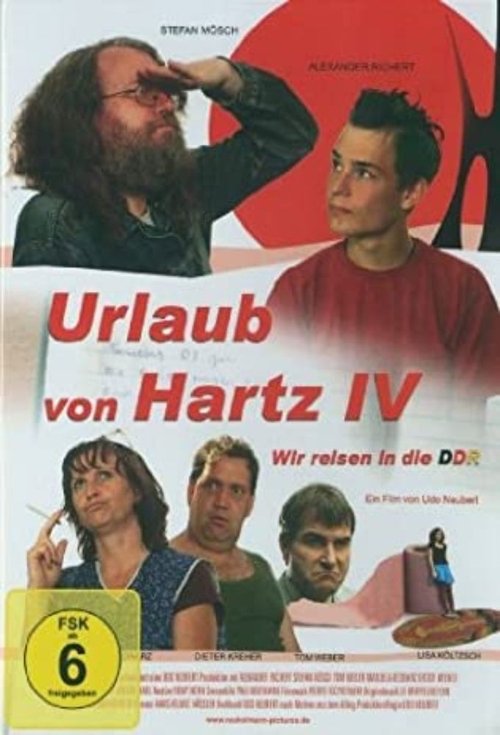Discover DDR In Film & TV: Top Picks
Can cinema truly capture the soul of a nation? Absolutely. The films of the former German Democratic Republic (DDR), often overlooked in the broader cinematic landscape, offer a powerful lens through which to understand the complexities of life behind the Iron Curtain.
From the rubble of post-war Germany emerged a unique cinematic voice, one shaped by the ideological constraints and societal pressures of a divided nation. These films weren't simply propaganda pieces, though some certainly carried the state's message. Many offered subtle, and sometimes not-so-subtle, critiques of the system, exploring themes of love, loss, ambition, and disillusionment against the backdrop of a socialist state grappling with its identity.
| Aspect | Details |
|---|---|
| Name | DEFA (Deutsche Film-Aktiengesellschaft) |
| Founded | 1946 |
| Location | East Germany (GDR) |
| Significance | State-owned film studio responsible for the vast majority of film production in East Germany. |
| Output | Estimated 800 feature films and numerous documentaries, animations, and short films between 1946 and 1992. |
| Themes | Ranged from socialist realism and historical dramas to comedies, musicals (including the popular "Schlager" genre), and children's films. Often explored themes of everyday life, work, family, and the challenges faced by individuals within the socialist system. |
| Legacy | Provides a valuable historical record of life in East Germany and offers insights into the social, political, and cultural landscape of the era. Some DEFA films achieved international recognition and continue to be studied and appreciated for their artistic merit and historical significance. |
| Reference | DEFA Foundation |
Consider "The Lives of Others" (2006), a critically acclaimed film set in 1984 East Berlin. This gripping story follows a Stasi agent assigned to surveil a playwright and his actress lover. As the agent delves deeper into their lives, he becomes increasingly entangled in their world, questioning his own beliefs and the very nature of the state he serves. The film's nuanced portrayal of life under surveillance, the pervasive sense of paranoia, and the quiet acts of rebellion offer a profound reflection on the human cost of a totalitarian regime.
Beyond the political dramas, DEFA also produced a diverse range of films. From romantic comedies to musicals featuring the ever-popular "Schlager" music, East German cinema offered escapism and entertainment, albeit often within the confines of the socialist ideology. Yet, even these lighter films inadvertently reveal glimpses into the everyday lives of East Germans, their dreams, aspirations, and the realities of a society navigating shortages, restrictions, and the ever-present weight of the Wall.
Take, for instance, films like "The Dream of the Sailors" (1951), which depicts the struggles of two young men pursuing their dreams of becoming sailors against the backdrop of post-war East Germany. Or consider "NVA" (2005), which explores the experiences of young conscripts serving in the East German army before the fall of the Berlin Wall. These films offer valuable insights into the social fabric of the DDR, portraying the lives of ordinary people and the challenges they faced.
The story of DEFA itself is a microcosm of East German history. Founded in 1946 in the Soviet occupation zone, the state-owned film company produced around 800 feature films until German reunification in 1990. DEFA's output was vast and varied, encompassing everything from historical epics to children's animations. While some films served as vehicles for socialist propaganda, many others explored universal themes that resonated with audiences both within and beyond the GDR's borders.
The influence of DEFA extended beyond its own productions. The studio collaborated with international partners, including Japanese animation studios like DR Movie. This cross-cultural exchange further enriched East German cinema, adding another layer to its complex and fascinating tapestry.
Today, DEFA films offer a unique historical perspective, providing a window into a vanished world. They allow us to understand the lives of those who lived under a vastly different political and social system, and they remind us of the enduring power of cinema to reflect and shape our understanding of the human experience. From the gritty realism of "The Lives of Others" to the nostalgic melodies of "Schlager" films, the cinema of the DDR remains a vital and compelling testament to a pivotal chapter in German history.
Exploring these films isnt just a cinematic journey; it's a journey through time, offering a powerful and poignant glimpse into a world divided, a nation grappling with its identity, and the enduring human spirit that persisted even behind the Iron Curtain. The echoes of "East German Schlager is dead. Long live the East German Schlager!" resonate with a bittersweet irony, symbolizing the complex relationship between art, ideology, and memory. These films, in their totality, are not just a record of a bygone era, but a testament to the enduring power of storytelling to transcend political boundaries and touch the human heart.
Whether you are a film aficionado, a history buff, or simply curious about life in the former DDR, exploring these films is an enriching and thought-provoking experience. These movies, through their captivating storytelling and complex characters, offer a unique perspective on a crucial period in 20th-century history, challenging our preconceived notions and expanding our understanding of the human condition.



Detail Author:
- Name : Miss Sabrina Effertz V
- Email : pkreiger@hotmail.com
- Birthdate : 2002-12-10
- Address : 52055 Erich Rapids North Salmaland, VT 57418
- Phone : +1-458-916-7977
- Company : O'Conner-Littel
- Job : Portable Power Tool Repairer
- Bio : Sint est impedit in accusamus. Cupiditate accusantium et quia. Nisi voluptatem omnis quaerat beatae. Quia voluptate vero nemo optio ab ex maiores.